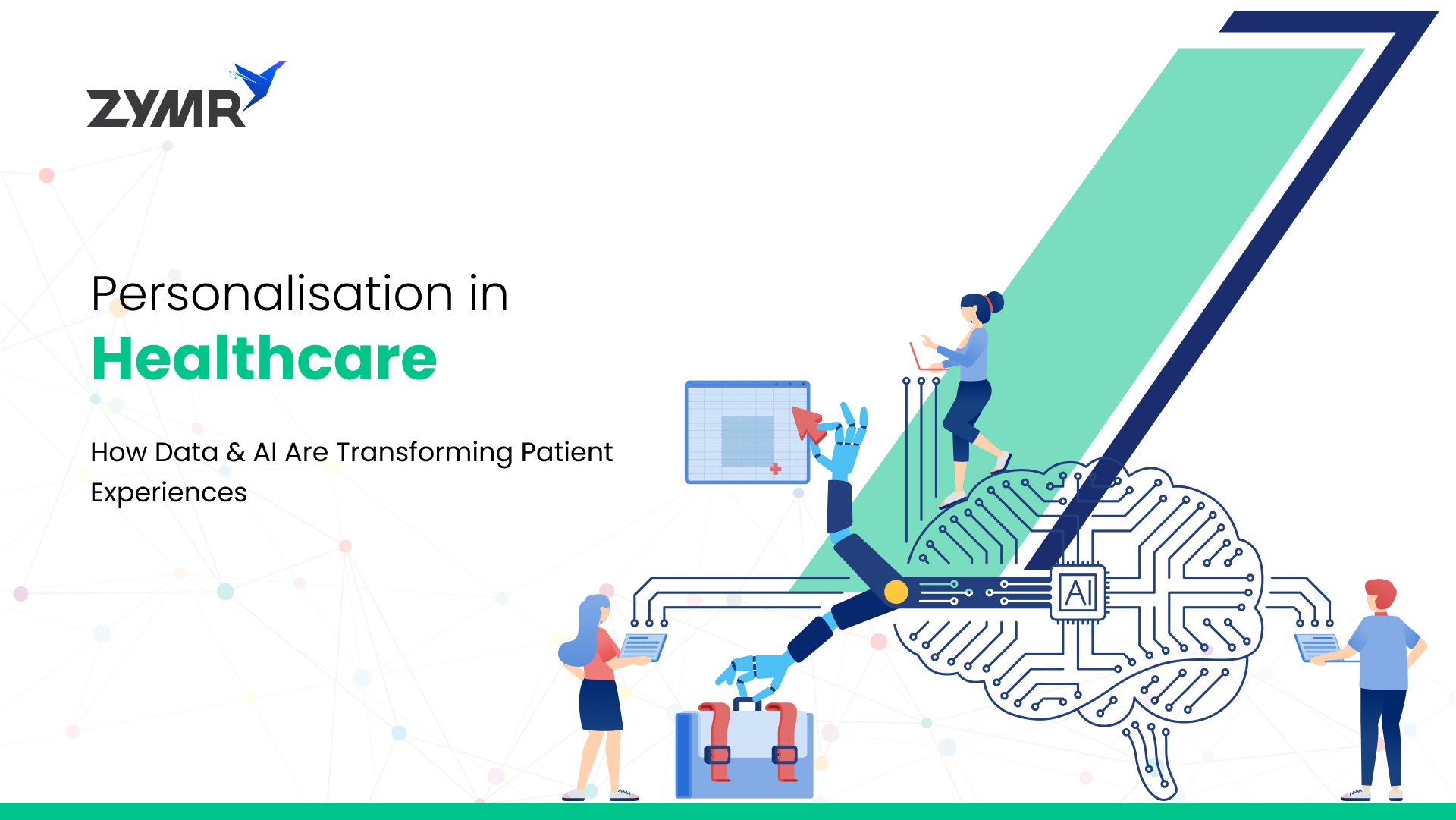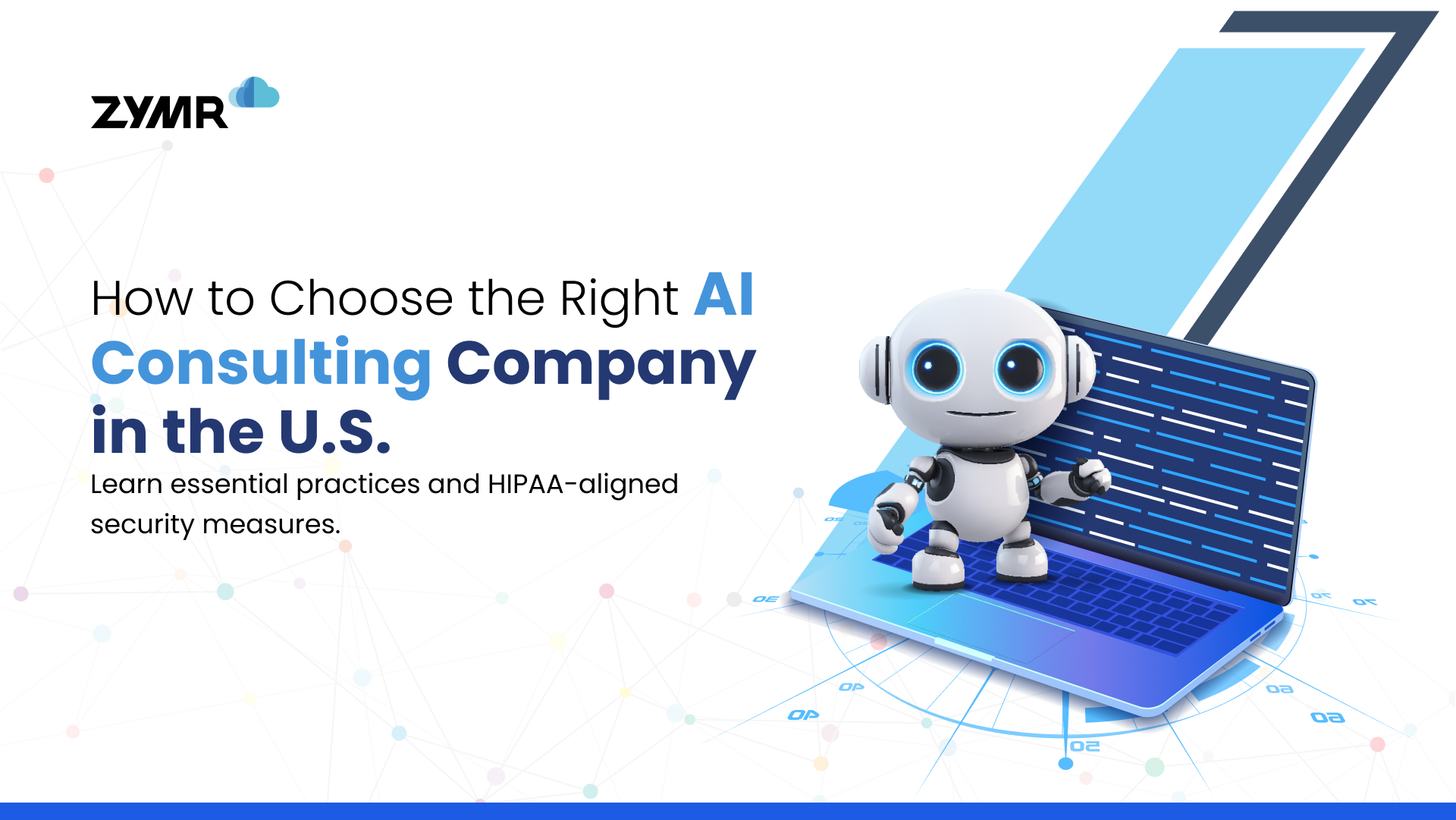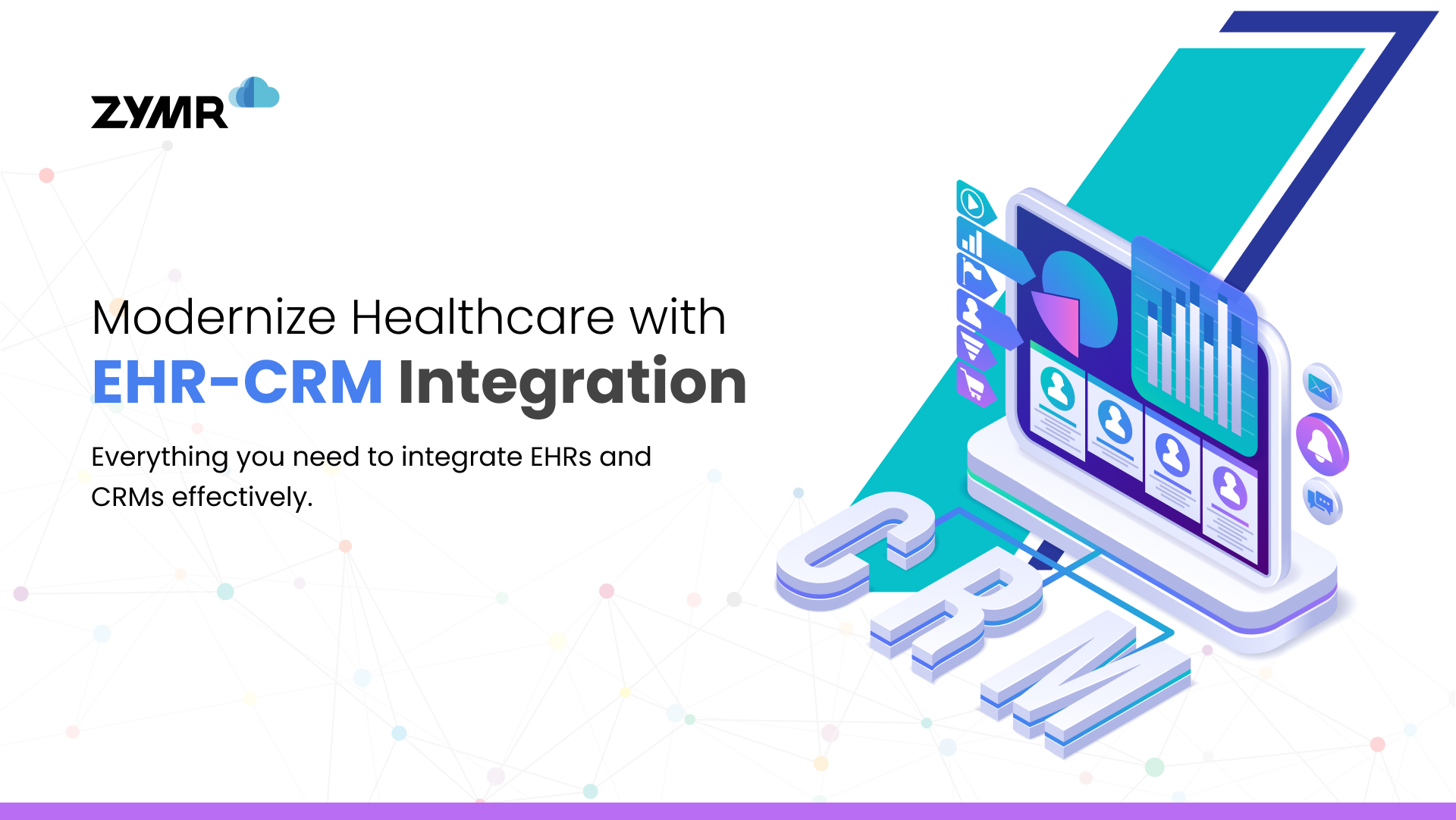Top 10 Software Testing Trends to Follow in the Second Half of 2024

Harsh Raval
Associate Director of Engineering
August 8, 2024
Jensen Huang, the co-founder and CEO of Nvidia, once declared in an interview that “software is eating the world.” Such are the times of digital transformation, automation, and predictive analytics. Business leaders across industries believe in maximizing digital resources to get that extra edge in the market. We have IoT solutions serving retail customers. There are robotic solutions handling healthcare patient management. The innovations in data analytics are offering insights to financial investors. Amidst all this, software quality assurance has become a top-notch priority for any business.
It’s not just the complex software systems and nuanced customer demands that guide the needs in software testing. The current geopolitical environment and the post-Covid world have made business leaders anxious about the security, reliability, and flexibility of their services.
Therefore, digital ecosystems need to be more proactive, more risk-averse, and more available for the end customer. AI is emerging as a favorite among investors in tech even for quality engineering needs. Testing CoEs are being built to ensure accessibility to AI-based testing skills and tools. Such is the environment where all our software testing needs, strategies, and even hopes breathe and thrive.
So, what trends does this environment guide the world of software testing into? Here’s what our experts have concluded.
#1 Generative AI in Testing
Of course, IDC has already predicted that by 2028, 70% of software tests will be leveraging Generative AI-based tools. But ever since Generative AI emerged in its glory, we all knew that software testing would not be the same.
Generative AI has already been helping companies automate their software testing. Gen AI-based tools are being used to augment testing for SaaS solutions. Its ability to translate expectations into software comes in very handy while testing. Therefore, generative AI is now guiding test automation strategies to improve their test coverage, test accuracy, and test speed.
Also Read: How Jenkins help automate testing strategies for better CI/CD operations?

#2 Getting API Testing Right
In the world of multi-cloud, companies don’t hesitate to engage with third-party APIs. They make software solutions more flexible and agile. The problem is that APIs cannot be utilized without proper means for testing.
Therefore, more and more companies are drawing towards API testing. They need it to secure their data responses, preserve their business logic, and streamline business operations. As per markets and markets, the market size for API testing has grown from around USD 384 million to around USD 1100 million during 2016-2022.

#3 Machine Learning and Superhuman Testing
Elon Musk recently predicted that AI/ML could offer an innovation that is “smarter than any one human” as soon as “the end of next year.” Looking at the market size for ML techniques, this innovation can very easily be a boon to software testers. Inputs are getting more nuanced and far-reaching, complicating processing and engagement. Therefore, ML-based tools like Selenium, TestSimga, Katalon Studio, etc. are already being integrated into the CI/CD pipelines.
#4 Cloud Migration Struggles Are Real
Imagine being in the midst of a very public investigation into one of your software! Now imagine you have to report a £31 million loss due to failed cloud migration! That’s what the UK post office is going through right now.
AWS was all set to provide on-premises hosting to Horizon - the software under scrutiny. That's when the project turned out to be a failure.
Such failures are calling upon the cloud migration testing process to the limelight. Companies are facing issues with compliance and security concerns. Testing services are helping them ensure successful cloud migration, cloud performance, and cloud accessibility.
#5 Shift Left Testing
Everyone’s talking about the shift left! Experts are working towards growing the space for shift left the testing process in the software testing domain. Pulling testing to a much earlier part of the SDLC is critical for software quality. It is emerging as a favorable approach to modern software applications.
Moreover, in the age of DevSecOps, shift left is also gaining popularity as an essential strategy for security testing. While the jury is still out on it being a mainstream approach, it's certainly moving ahead in the right direction, and rapidly at that!

#6 Accessibility Issues Need Fixing Now
Companies are desperately integrating accessibility testing into their QA strategies. Only last month, a company faced legal charges for copying one of its rival's accessibility testing models. Denying accessibility to a large number of possible end-users is essentially denying business to themselves.
Services like web accessibility testing are, therefore, emerging to make the internet a connected and inclusive space. And not just web, accessibility testing is also being added to mobile app testing process.
#7 Static Application Security Testing
Last year, Forrester started discussions about secure coding not being a “top priority.” That drew everyone's attention to static application security testing (SAST). They also, later in the year, evaluated multiple SAST vendors, recognizing some significant names in the market.
Consequently, conversations around SAST and code security have grown to overlap with discussions about DevSecOps. SAST is not a part of application security platforms and even C and C++ codebases.
#8 Software Testers Co-piloting With AI
Last year, SAG-AFTRA and WGA went on a strike that lasted for months. Among the many concerns they flagged, AI was also a prime target. The resulting lack of good entertainment forced the rest of the market to seriously contemplate the effects of AI on human jobs. For software testers, this means a shift in skills.
DevOps teams recognize the productivity and efficiency benefits of AI. They, therefore, also seek AI-friendly skills in software testers. They want their testing experts to be proficient in tools leveraging artificial intelligence and machine learning. In fact, co-piloting with AI is growing to be an essential part of the testing strategy.
You might also want to know, top 10 software testing tools to build quality software

#9 Performance Testing for Post-Quantum Cryptography
The test coverage expected from performance testing stretches across a variety of points. One such point covers ensuring unhindered network performance for applications and ecosystems dealing with post-quantum cryptography.
Before last year concluded, Microsoft issued a warning that shook cybersecurity experts. They proclaimed that cyber threats now exist, and quantum computing can be used to sabotage traditional cryptography methods. That gave birth to post-quantum cryptography protocols.
The protocols are helpful against cyber threats. However, they are feared for their effects on network performance and customer experience. Therefore, performance testing is suddenly finding its way into making integration post-quantum cryptography more helpful and efficient.
#10 Containers for Testing Environments
With the rise in complex applications and platforms, a need for faster testing cycles has emerged. Since DevOps and cloud-native have overpowered how we handle digital ecosystems, containers are trending for testing environments. They promise better consistency, speed, and viability for automation. That's why containers are emerging as crucial elements in testing environments.
Moreover, containers offer better test data management and well-maintained test environments. Therefore, with better test coverage, they are a reasonable choice for continuous testing strategies.

Conclusion
Huang's entire line reads, “Software is eating the world, but AI is going to eat software.” As we progress into 2024, the line rings more accurate than ever. With AI, indeed, eating up software as we know it, our understanding of software testing is also expanding.
The above trends can help us gauge the direction of this expansion this year. Sure, some of these trends seem more evident than others. It is still interesting to know how they shape the future of software and the way it fairs against our rigorous testing.
FAQs
>
>
>
>
>
Have a specific concern bothering you?
Try our complimentary 2-week POV engagement
Our Latest Blogs

January 4, 2026
Personalisation in Healthcare: How Data & AI Are Transforming Patient Experiences


December 30, 2025





.svg)
.svg)
.svg)
.svg)
.svg)
.svg)
